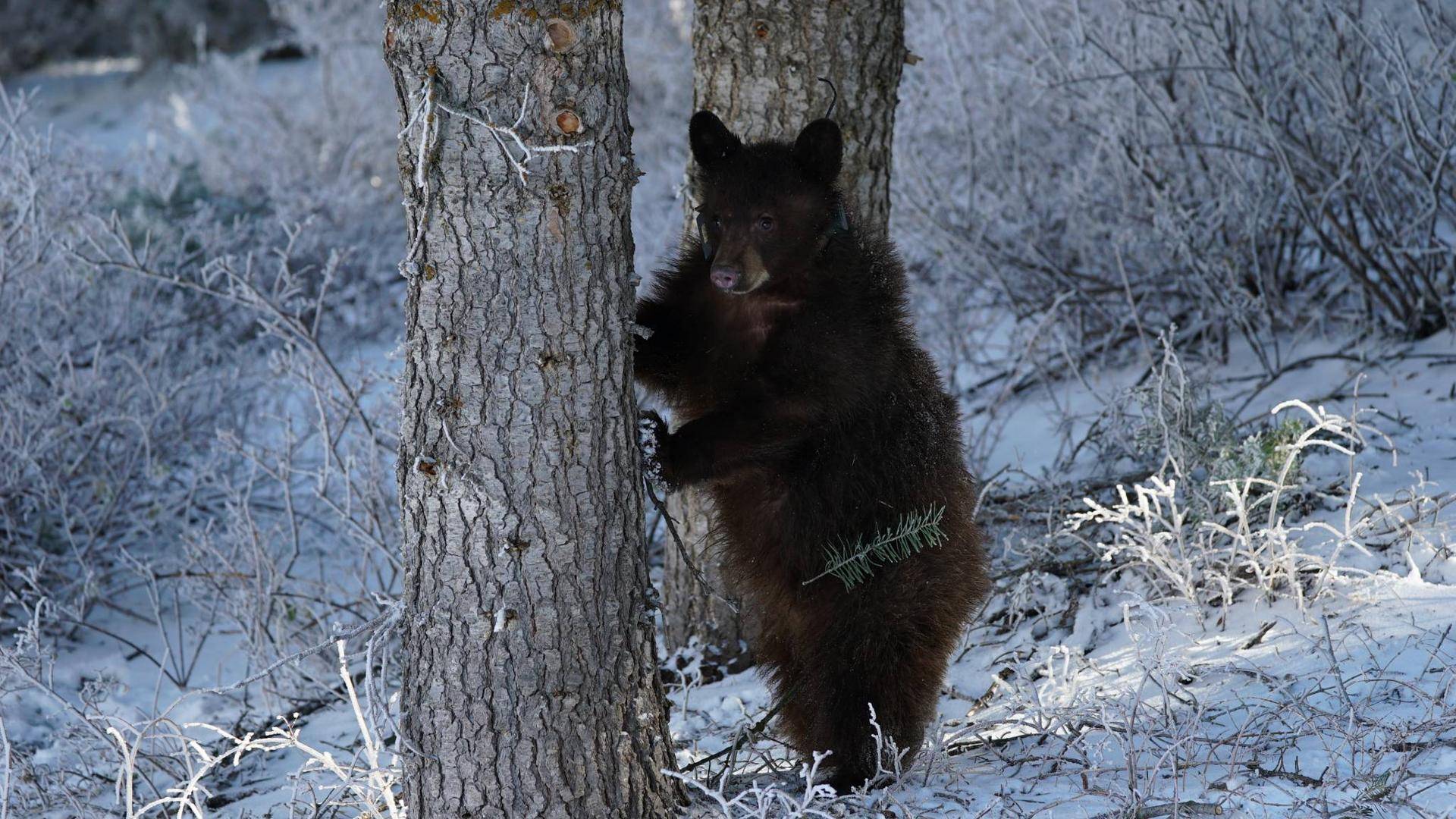DWR News Release
The Utah Wildlife Board approved a few updates to the rules regarding Utah prairie dogs, which would go into effect if the animals are delisted under the Endangered Species Act, as well as a few changes to bear hunting and furbearer seasons during a public meeting on Tuesday.
Approved changes to rule regarding Utah prairie dogs
The Utah prairie dog has been listed under the Endangered Species Act since 1973. Several things contributed to the decline of the species, but unregulated poisoning was the primary threat. Utah has three species of prairie dogs, but the Utah prairie dogs are only found in the southwestern part of the state. Extensive research, monitoring and conservation efforts by federal and state agencies and others have been in effect since 1973 to help the species recover.
In addition to other conservation efforts, the Utah Division of Wildlife Resources conducts surveys each spring to determine the population of Utah prairie dogs. Over each of the past three years, Utah prairie dog populations were nearly three times the number counted in 1971. Long-term data shows that the range-wide population of the Utah prairie dog has been stable or increasing over the last three decades. As a result, the DWR maintains that the Utah prairie dog should be federally delisted and removed from the Endangered Species Act.
The DWR will continue to manage prairie dogs under the Utah Prairie Dog Conservation Strategy, which will be in place for the foreseeable future with periodic reviews. The Utah Wildlife Board approved several rule changes for prairie dog management, which would go into effect once they are delisted, during Tuesday’s meeting.
“The plan will continue to manage the population through ongoing monitoring, while also helping to address concerns and conflicts with private landowners due to possible damage,” DWR Mammal Conservation Coordinator Kim Hersey said. “Some of the approved changes to the current rule allow the taking of prairie dogs in situations where there are conflicts, while still maintaining a healthy population and ongoing conservation efforts. These approved changes will go into effect if the Utah prairie dog is delisted and will allow for regulated control for prairie dogs that are causing damage for private landowners. We will distribute agricultural control permits through a tiered system and will also allow prairie dog removal for human health and safety.”
Some of the ongoing conservation efforts for prairie dogs will include:
-
Continuing to monitor how the populations are doing during annual spring counts.
-
Continuing to work to prevent disease by using insecticidal dust on their burrows to kill plague-carrying fleas.
-
Advancing and implementing other plague-control methods.
-
Continuing to translocate Utah prairie dogs from areas where there are conflicts with private landowners. The animals will be moved to public land in an effort to reestablish or supplement colonies, maintain genetic diversity and/or decrease disease risks.
-
Requiring surveys prior to development of an area and translocating prairie dogs from those development areas to public lands with suitable habitat.
-
Working to establish prairie dog colonies on higher-elevation areas with greater precipitation so the animals aren’t as impacted by drought.
-
Removing predators from areas with small, vulnerable colonies.
Utah Black Bear Management Plan and 2023 season changes
2023 begins the second year of a three-year recommendation cycle for black bear hunting. As a result, the DWR did not recommend any changes to permit numbers or harvest objectives for black bears for the 2023 seasons. However, the current Utah Black Bear Management Plan was set to expire later this year, so the DWR put together a committee of various stakeholders and organizations to help make recommendations to update the management plan.
A few changes to the black bear management plan were approved by the wildlife board, including giving the district biologist more flexibility to take into account bear populations on surrounding hunting units.
The board also approved some additional rule changes regarding bear hunting, including:
-
Continuing to require the mandatory orientation course for all applicants in 2023 and then requesting the DWR to update it with additional educational components by 2024.
-
Require the DWR to review and update the bear pursuit rules.
-
Allowing a hunter with a valid bait permit to hunt over another hunter’s bait site with written permission from the person who originally established the bait site.
-
Prohibiting the use of chocolate or cocoa as bait, since chocolate/cocoa can be toxic to animals.
-
Requiring bait sites to comply with all DWR rules, but that the DWR will not review locations and approve them before a certificate of registration is issued.
The board also approved a few changes to the season dates for using hounds for hunting bears and season dates for using bait. The fall bait season was eliminated, so it wouldn’t overlap with hound seasons, as it is illegal to use both bait and hounds at the same time during a bear hunt. The only season that would allow bait would be the spring season, which runs from May 30 to June 30, 2023.
Other items
The board also voted to keep Utah’s bobcat permit numbers and season length the same in 2023-24 as they were last year — allowing up to six permits per individual, no total permit cap and a season that runs from Nov. 16, 2023 through March 1, 2024.
The approved season dates for the other furbearer species are:
-
Beaver and mink: Sept. 16, 2023 to April 1, 2024
-
Marten, badger, gray fox, kit fox, ringtail, spotted skunk and weasel: Sept. 16, 2023 to March 1, 2024
The board also approved a few areas to be closed to beaver trapping to help facilitate some beaver introductions in the areas to help with habitat projects: Three Mile Creek (Garfield County) and Reservoir Canyon (Washington County).
You can watch the full meeting on the Utah Department of Natural Resources YouTube channel.

